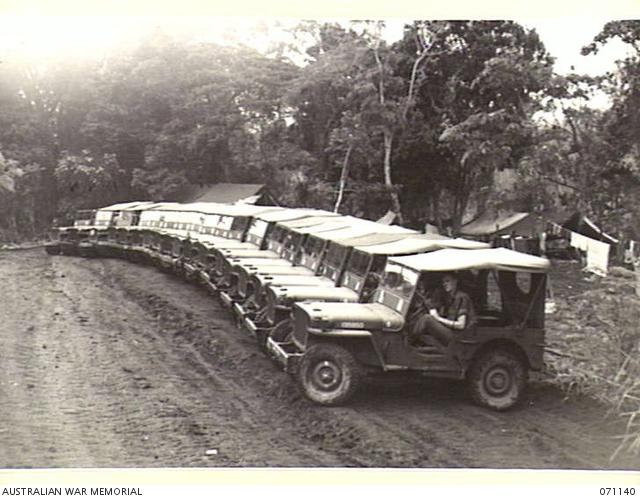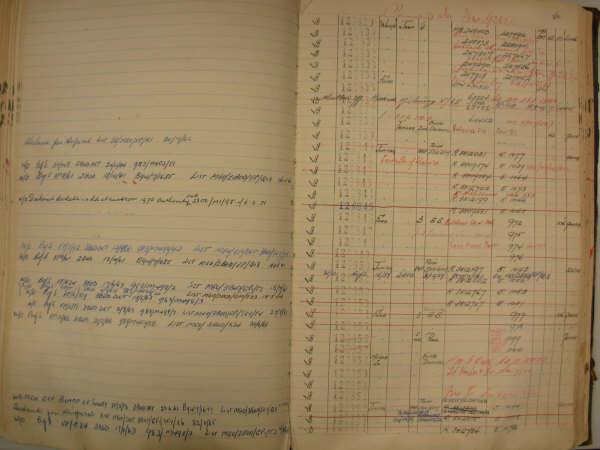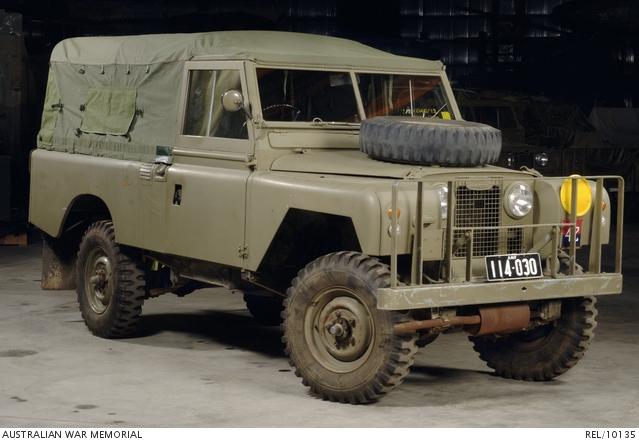Love that body, what's the ARN?

Rel: 071140
The Research Centre receives regular telephone calls and emails from military vehicle enthusiasts – restorers and collectors - from all over Australia. Occasionally they make it into the Research Centre at the Memorial, like the proud Jeep owner I met this week.
Most collectors initially want to know their vehicle’s Army Registration Number (ARN), in order to apply the correct markings to their vehicle. This is where the hard work (or fun, depending on your point of view!) begins.
ARNs are arranged sequentially in 27 Army Vehicle Registration Books (series AWM126), covering all vehicles used by the Australian Army from pre-WW1 to 1990, after which time the Army has maintained electronic records. The Army Registration Books are currently housed at the Memorial and can be requested for viewing in the Research Centre.
Next to each ARN is the vehicle’s entry, including its make and type, engine number, chassis or serial number, year and physical description. Details of the vehicle’s use and eventual disposal is usually recorded on the corresponding line of the opposite page, or squashed into the same ARN line. Always handwritten and with frequent abbreviations, it can be a task to decipher some entries!

Presently, the only way to locate an unknown ARN is to dedicate many eye-straining hours to searching each book, line by line. Very occasionally, like vehicles are grouped together and this can sometimes help. For example, if you know the ARN of the Haflinger at Bandiana Army Museum, then possibly the Army’s other 50-odd Haflingers will have ARNs very close in the sequence. However, from experience, I know this method cannot be relied upon!
If you are lucky enough to own an ex-Australian Army Land Rover, the Registry of Ex-Military Land Rovers, has done the hard work for you and have transcribed the Land Rover and Trailer ARN entries from AWM126. Other individuals, clubs and associations may also build their own lists of ARNs for their particular vehicles of interest, but you need to contact those organisations to determine if they have done so.
The Memorial's photographs collection can be searched online for military vehicles. Warning: the search term Jeep will return 1619 photographs....
